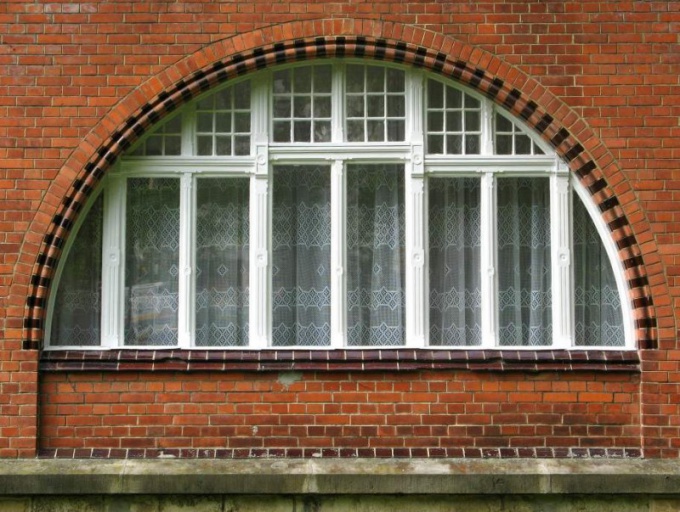Building bricks
Technology of production of ordinary bricks is quite simple. It is molded from clay and special additives, and then placed in an oven and sintered at high temperature. This material has high strength, hardness and ability to withstand heavy loads. Building brick is solid and hollow (slit).
Solid brick is more expensive because its production requires more material. It is heavier than hollow about half. Due to its structure, it is a good conductor of heat, so a home you need to insulate. This increases construction costs. But the solid brick high load bearing capacity, therefore, it is indispensable for the construction of highly loaded structures.
Hollow brick cheaper than solid, because it takes almost twice less clay. This reduces the weight of the unit, which reduces the load on the Foundation. Due to the presence of voids improves thermal insulation — slotted brick is two times better at trapping heat full-bodied. If the exterior wall to put out such material, it is possible to save on insulation and reduce heating costs.
Sand-lime brick
Sand-lime brick is white. Its production process is very different from the method of manufacture of ceramic building bricks. For its production used quartz sand, to which lime is added. The material gains strength through the chemical reaction of sand, lime, high temperature and pressure.
Silicate brick is cheaper building, which is important in large volume construction. It is characterized by high frost resistance, durability and provides good sound insulation. Can be used for the construction of houses of any height, suitable for masonry load-bearing structures. Harmless to humans and the environment.
Silicate brick is not without drawbacks. The main of them is the susceptibility to moisture. Under her influence, he begins to break down. Therefore, this material is not suitable for foundations, wells and other structures that are exposed to water. If you are building house from a silicate brick, is to impregnate the outer part of the wall protective structure. This will prolong its life.
Other types of brick
A relatively new but very promising material — aerated bricks. Its production process is not too complicated. In clay add the wood chips, burnable during firing. In their place in the body of the block formed cavities. Due to their material very well keeps the heat coming for this ability to aerated concrete. The unit has a large size, which facilitates the process of installation, and smooth the front surface doesn't need a decorative lining. The only drawback of porous bricks high cost.
Another type of brick — facing. It has a smooth glossy surface and is used for decorative finishing of buildings. Has a high frost resistance and durability, not afraid of water. For masonry walls it is not used because of high cost.
For this reason, do not use in mass construction and clinker. It has very high strength achieved through the use of refractory clay and high firing temperature. Use it for lining stoves, fireplaces and structures of small architectural forms.
